exhale: breath between bodies
Schiphorst’s artistic inquiry is founded on interests in embodiment and performativity, and in the sensual and poetic forms which cultivate human experience in relationship to perception, affect and the ‘palpability’ of the invisible, experience of ourselves through the visceral nature of our bodies
exhale is a whisper[s] research group project based on designing and fabricating “a-wearable” body networks for public spaces. The rhythm of networked group breath is used as an interface for interaction, and a mechanism for sharing our bodies’ affective non-verbal data. We use the networked breath of the participants within the system to actuate the responses of small fans, vibrators and speakers that are embedded in the lining of sensually evocative skirts worn close to the body.The research integrates gestural interaction with fashion, developing new communication metaphors for wearable technologies network design.
Art and Science
This work embodies the confluence of artistic design and expression with software and hardware technology. The whisper[s] research group has collective backgrounds in fabric and garment design, choreography, and complex software systems, including both hardware and software architectures. The resulting work was influenced by their practices with modeling experience studies, networked micro-controllers, and real-time systems. It applies tools from choreography, such as Laban Effort/Shape Analysis along with linguistic and statistical analysis, to investigate the physiological data that the work utilizes. The garments employ conductive fabric, shaped equally by the needs of the electronic elements and the design aesthetics. Placement and organization of the sensors and transducers is guided by body ergonomics, bio-energy systems and interface design. Movement analysis is used to frame gestural interaction creating playful, intimate connections between participants.
Vision
In this work, garments are a step in a progression to systems that transparently exchange and express internal body state and intention via participant-mediated communication, mixing physiology-derived information with gestures and other nonverbal mechanisms. Concepts of device ‘listening’ and biofeedback enable what we term subtle machine learning. The garments provide an environment in which we can augment verbal and visual modes of communication, where the quality of a gesture can replace many words, and can be exchanged with their affects as well as their effects through out-of-band pathways.
Experience
The garments that are exhibited in Speculative Data and the Creative Imaginary are the networked artifacts that are ‘brought into play’ in the interactive installation called exhale: breath between bodies. Participants walk towards the darkened space, becoming aware of eight textured and sensual garments: skirts made of silks, and organza, natural fibers in earthy and vibrant tones, hanging from cables stretched from ceiling to floor. The visual image is a small forest of “skirt trees”: skirts suspended at various heights in space, connected to vertical cables dropping in plumb lines to the earth. A light positioned at the base of each skirt illuminates it upward from below, highlighting and bringing light to its materiality. Guides assist the participant in putting on the skirt and wrapping the breath sensor around the rib cage. As a participant moves through the space, consciously shifting their own breathing cycle, they create the interactions of self to self, self to other, and self to group: wirelessly communicating and creating a shared breath state. And as the lining of each skirt ‘breathes’ with the participants, the small fans and vibrators respond to the breath beneath the lining unseen to others; the small speaker within the skirt marks the sounds of the breath data creating a body network that tickles and caresses and whispers from within.
Innovation
The core technical innovation of exhale: (breath between bodies) is integration of non-verbal models of network communication in a playful multi-modal environment, using layers of directionally conductive fabric to provide both electronic pathways within the garment systems and a sensual tactile experience for participants. Connections between participants are realized through specialized electronics and embodied through acts of physical contact, designed using gestural models for interaction. The fabric that forms the conductive layers within the garment has electrical behavior due to its construction as a combination of very fine silver or gold wire with traditional materials such as silk. This conductive fabric is used as a replacement for conventional wiring, which is much heavier and less flexible. It is also used to form simple touch or pressure sensors, via contact between layers, and identification patches, using isolated fabric regions that include devices that have unique electronic signatures. Touch zones on the garment (or another garment) can make contact with these isolated regions, and the signature can be “read” to establish self-to-self, self-to-other, and self-to-group connections.
No comments yet. Why not add the first?
Acknowledgements & Credits
Acknowledgements
The whisper[s] research group includes Susan Kozel, Sang Mah, Gretchen Elsner, Robb Lovell, Diana Burgoyne, Norm Jaffe, Jan Erkku, Calvin Chow, Camille Baker, Lars Wilke and Adam Marston. Industry Contributors are Thought Technology, Tactex Inc and Credo- Interactive. Sponsors for the project include Heritage Canada, Canada Council for the Arts, B.C. Arts Council, Savage Media, CFI and I-Lab at Simon Fraser University.
Credits
Texts: All texts were written by the exhibition participants.
Editor: Pamela Jennings, Pittsburgh, PA (USA)
This work has been republished from the 2007 Exhibition 'Speculative Data and the Creative Imaginary: Shared Innovative Visions between Art and Technology' curated by Pamela Jennings As part of the ACM Creativity and Cognition Conference at at the National Academy of Sciences' headquarters at 2100 C St., N.W., Washington, D.C. The original exhibition catalogue can be found at: http://www.pamelajennings.org/PDF/NAS_Catalog.pdf
Exhibition Sponsors
Office of Exhibitions and Cultural Programs of the National Academy of Sciences presenting a program of exhibitions that explore relationships among the arts and sciences, engineering and medicine.
http://www7.nationalacademies.org/arts/
The 2007 Association for Computing Machinery Creativity and Cognition Conference held in Washington D.C. June 13th – 15th, 2007, exploring the theme of cultivating and sustaining creativity: understanding how to design and evaluate computational support tools, digital media, and socio-technical environments that not only empower our creative processes and abilities, but that also encourage and nurture creative mindsets and lifestyles. - http://www.cs.umd.edu/hcil/CC2007/
National Science Foundation Computer, Information Science and Engineering (CISE) Creative IT Program, exploring the synergies between creativity and information technology, science, engineering, and design research.
Copyright is held by the author/owner(s) of the text and images reproduced in this catalog.
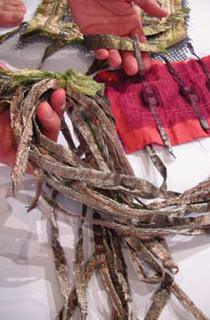
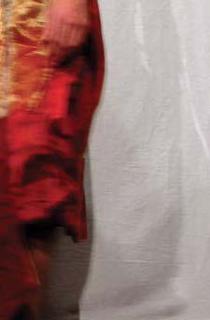
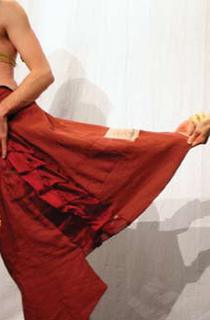
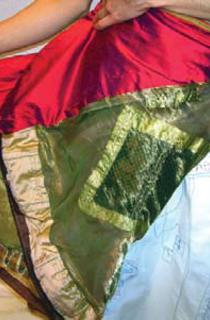
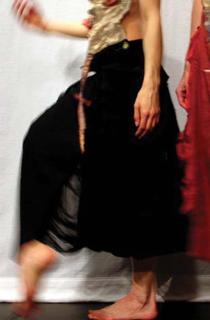
← Back to work
1 Comments